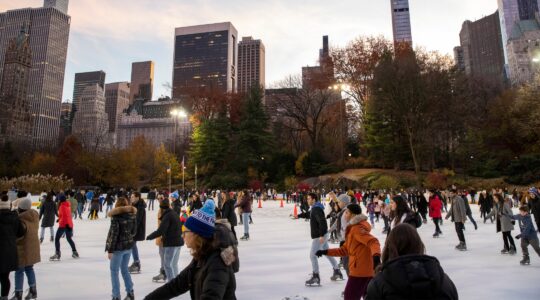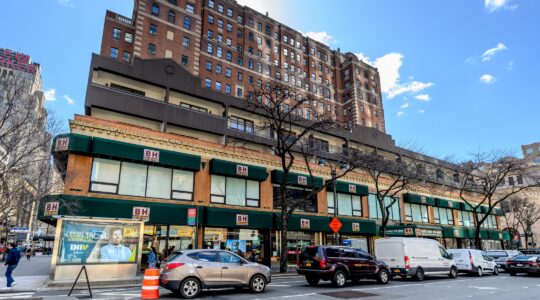On my first visit to Sanibel Island, the skinny, kidney-shaped isle just off the coast of Ft. Myers, Fla., I learned about the “Sanibel Stoop.”
The Gulf Coast stoop has nothing to do with the Brooklyn-brownstone kind. It’s not an architectural feature at all, but the posture one inevitably assumes when scouring Sanibel’s powdery white beaches for seashells.
Shelling — another term that has a different meaning elsewhere, for example over a bucket of peas — is the verb for collecting wave-polished specimens of periwinkle, whelk, scallop and starfish shells along the warm, gentle waters of the Gulf of Mexico. And it just might be the best possible metaphor for the Sanibel lifestyle — unhurried, deeply appreciative of natural beauty, and intimately engaged with the ever-present sea.
To drive across the causeway to Sanibel Island is to leave behind much of what chafes about mainland Florida — the plastic strip malls, the highway traffic, those vast, flat expanses with very little of visual interest. Even as its profile rises as a West Coast alternative to the Keys, Sanibel still feels rural and woodsy and intimate — adjectives you would never use for Naples or Palm Beach.
Long a haven for Midwesterner retirees, Sanibel is now an increasingly popular winter getaway for New Yorkers, thanks to low-cost direct flights to Ft. Myers. Reliably warm even when the East Coast gets a cold snap, this corner of the Gulf Coast boasts not only myriad beaches, but also exquisite nightly sunsets and views from the Sanibel lighthouse. Along the main drag, the charmingly named Periwinkle Way, low-scale, colorfully painted wooden buildings nestle into a shady thicket of pines, drapey Southern oaks and the odd palmetto.
More than half of Sanibel Island is preserved as a national wildlife refuge — and you don’t have to be a sportsman to enjoy it, since a narrow road and numerous rails crisscross the mangrove swamps teeming with alligators and cranes. (At least I’ve heard about the alligators; to either my relief or regret, I’m not sure which, I’ve never seen anything more threatening than a biting fly.)
This picturesque setting draws legions of boaters, fishermen, and especially birdwatchers. But if all you’re looking for is a sunny retreat from the cold, there are plenty of Jewish and cultural activities to keep winter refugees occupied during high season (roughly November through April).
Ft. Myers and its neighboring city, Cape Coral, are the nexus for regional Jewish life, but there’s a Reform congregation on the island — Bat Yam Temple of the Islands, which holds weekly Shabbat services at the Sanibel Congregational Church through April, with less-formal worship through the summer months. I scanned the calendar and found late winter packed with Yiddish classes, lectures and other Jewish things to do.
What to do on Sundays? The Sanibel Farmer’s Market runs during the same six months, offering a tasty smorgasbord of citrus.
By Presidents’ Day, the Sanibel calendar is in full swing with events that draw visitors year after year. The annual Sanibel Arts and Crafts Fair, a highlight of the February calendar, is a juried event that draws artists and craftspeople from around the country to show their oil paintings, furniture and handmade jewelry to over 10,000 visitors.
BIG ARTS is the island’s arts center, hosting the Southwest Florida Symphony, numerous theater and dance productions, a free chamber music series, a lecture series (Dennis Ross was just here discussing U.S. foreign policy), and literary events at its ever-expanding campus. Most of its offerings are free or inexpensive, and on most days you can stroll into two galleries to see what’s on display — or wander the sculpture garden outside, past pottery rooms where locals gather for ceramics workshops.
In March, the cultural highlight is, without debate, the Sanibel Music Festival, where many fine performers go to thaw out. This seven-concert series, held at the Congregational Church, has an ambitious lineup of piano and chamber music and vocal ensembles, including performances by the Emerson String Quartet; the Claremont Piano Trio; and the Opera Theater of Connecticut, which will offer a night each of opera excerpts and Broadway hits.
And of course, if you’re on Sanibel in early March, the 78th Annual Shell Festival is hardly optional. Sponsored by the Sanibel Community House, which hosts the Sanibel Shell Crafters’ weekly shelling, the Festival is a yearly celebration of the island’s favorite activity — with tents full of polished seashells and seashell jewelry you can buy, aquariums staffed by local science students, and other shell-themed diversions. Is it all a bit hokey? Yes — but you’ll have a shell of a time.
The New York Jewish Week brings you the stories behind the headlines, keeping you connected to Jewish life in New York. Help sustain the reporting you trust by donating today.




